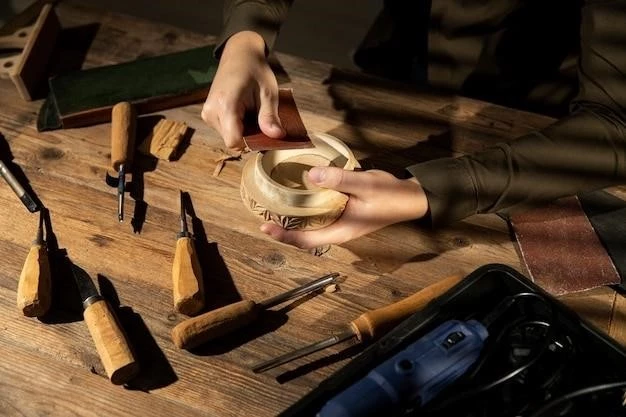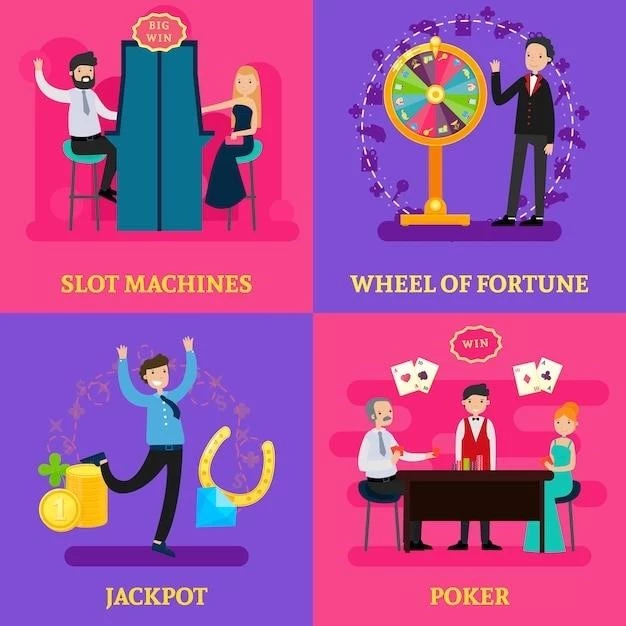The Illusionists’ Toolkit: Exploring Common Techniques
The world of magic and illusion has captivated audiences for centuries‚ drawing them into a realm where the impossible seems possible․ Illusionists‚ masters of deception and masters of the art of misdirection‚ rely on a treasure trove of techniques to weave their spellbinding performances․ This article delves into the common tools and techniques that illusionists employ‚ providing a glimpse into the secrets behind their captivating acts․
The Art of Misdirection
Misdirection‚ the cornerstone of illusion‚ is the art of diverting the audience’s attention from the crucial element of the trick․ It’s a technique that plays on human perception‚ directing focus away from the actual mechanics of the illusion․ Here are some common methods:
- Visual Misdirection: This involves using flashy visual elements‚ such as bright lights‚ smoke‚ or elaborate props‚ to draw the audience’s gaze away from the real action․ Think of a magician using a cloud of smoke to conceal a hidden object while their hand makes a seemingly impossible move․
- Auditory Misdirection: Exploiting sound to distract the audience is another powerful tool․ A loud bang‚ a sudden burst of music‚ or a distracting conversation can all effectively shift the focus away from the crucial moment of the trick․
- Psychological Misdirection: This involves manipulating the audience’s expectations and biases․ A magician might use a series of seemingly innocent questions or actions to subtly influence the audience’s perception‚ leading them to draw incorrect conclusions․
The Power of Props and Stagecraft
Props and stagecraft are essential elements in illusion․ They not only enhance the visual spectacle but also play a crucial role in concealing the true mechanics of the trick․
- Hidden Compartments and Mechanisms: Many illusions rely on cleverly concealed compartments within props‚ where objects can be hidden‚ switched‚ or manipulated without the audience’s knowledge․ These compartments are often disguised as innocuous parts of the prop‚ like a false bottom in a box or a hidden pocket in a coat․
- Elaborate Stage Settings: Illusionists often create elaborate stage settings that serve a dual purpose․ They add to the visual appeal of the performance and also provide opportunities for hiding mechanisms or creating illusions of movement and distance․
- Distracting Props: Some props are specifically designed to be distracting‚ drawing the audience’s attention away from the real action․ A magician might use a large and ornate box to conceal a smaller‚ hidden compartment where the actual trick takes place․

The Psychology of Perception
Understanding human perception is key for successful illusion․ Illusionists exploit cognitive biases and perceptual limitations to create the illusion of the impossible․
- Selective Attention: Our brains have a limited capacity for attention․ Illusionists use this to their advantage‚ focusing our attention on specific elements while concealing others․ The magician might direct our gaze to one hand while the other performs the crucial move;
- Change Blindness: Our brains are not always good at detecting subtle changes in our surroundings․ Illusionists exploit this by making small‚ but significant changes during the performance‚ which the audience often fails to notice․
- The Power of Suggestion: A magician’s confident demeanor and suggestive language can influence the audience’s perception of reality․ By creating a sense of wonder and anticipation‚ they prime the audience to accept the impossible as plausible․

Beyond the Tricks: The Art of Storytelling
The best illusionists are not just masters of deception; they are also skilled storytellers․ They weave their illusions into captivating narratives‚ drawing the audience into a world of fantasy and wonder․ The story adds depth and emotional resonance to the performance‚ leaving a lasting impression on the audience․
In conclusion‚ the illusionists’ toolkit is a collection of techniques that combine misdirection‚ props‚ stagecraft‚ and the manipulation of human perception․ By understanding the principles behind these techniques‚ we can appreciate the artistry and ingenuity of illusionists‚ who continue to captivate and amaze audiences with their seemingly impossible feats․










